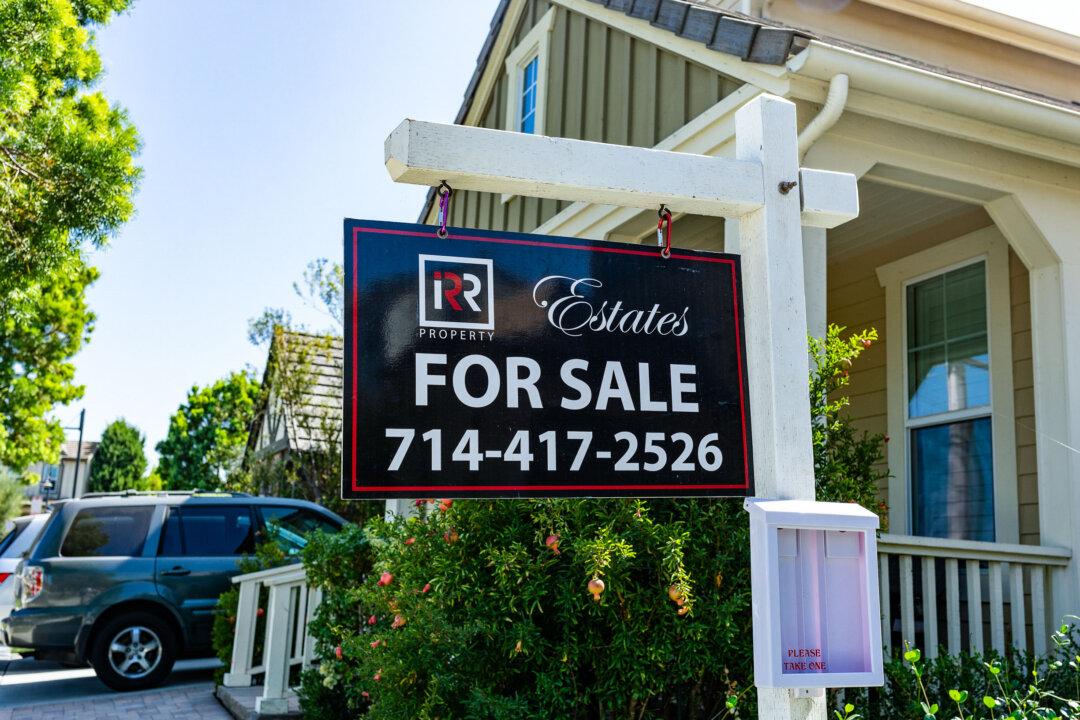The number of renter households across the United States rose by 2.7 percent year over year in the third quarter, reaching a record 45.6 million households, according to a Nov. 5 report from real estate brokerage Redfin.
“That rate of growth is three times faster than the 0.9 percent increase in homeowner households, which now total a record 86.9 million,” the company said in the report. “The 2.7 percent increase—representing 1.18 million additional renter households—was the second fastest pace since 2015.”





